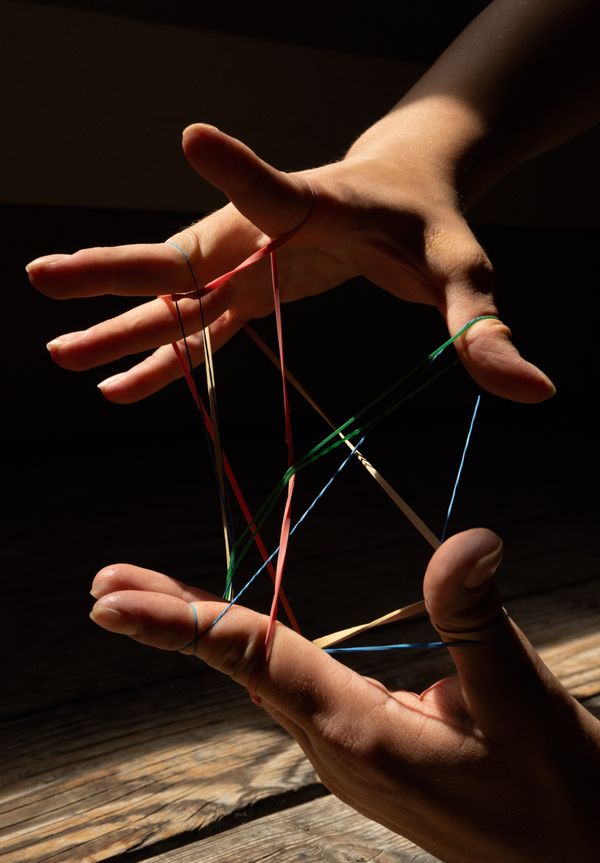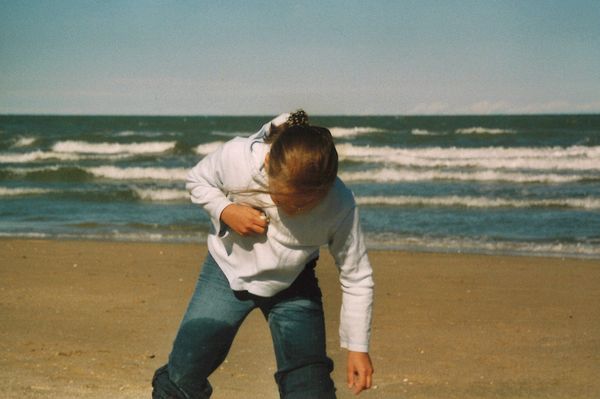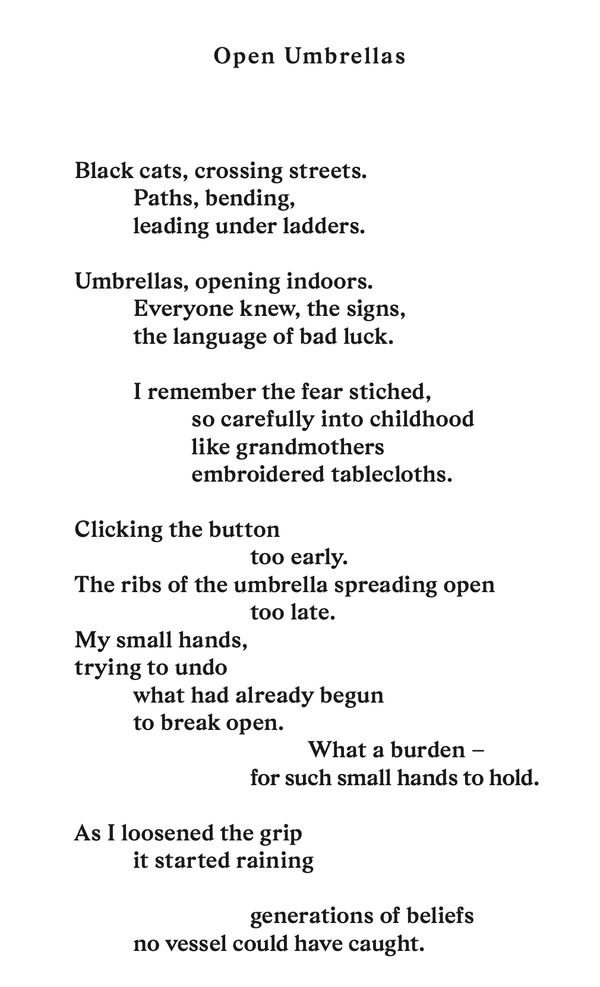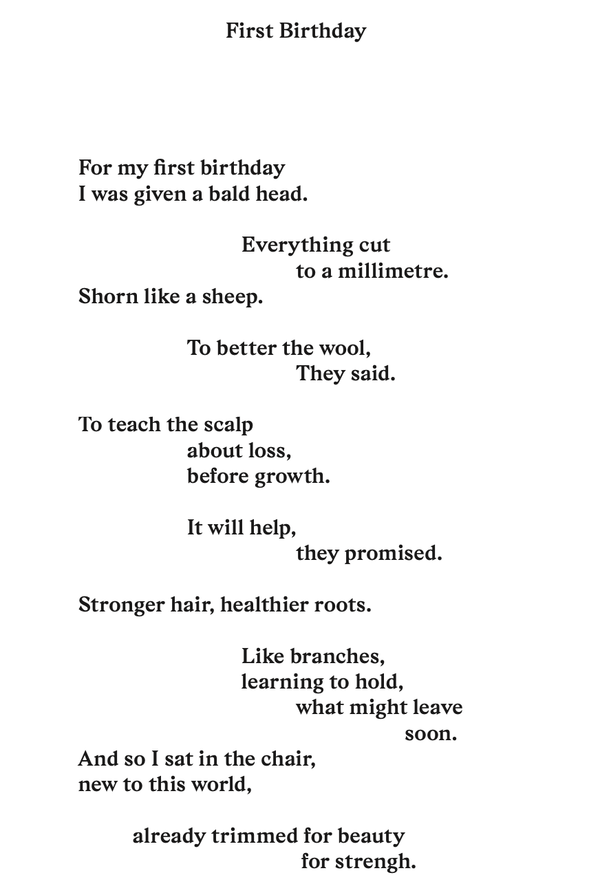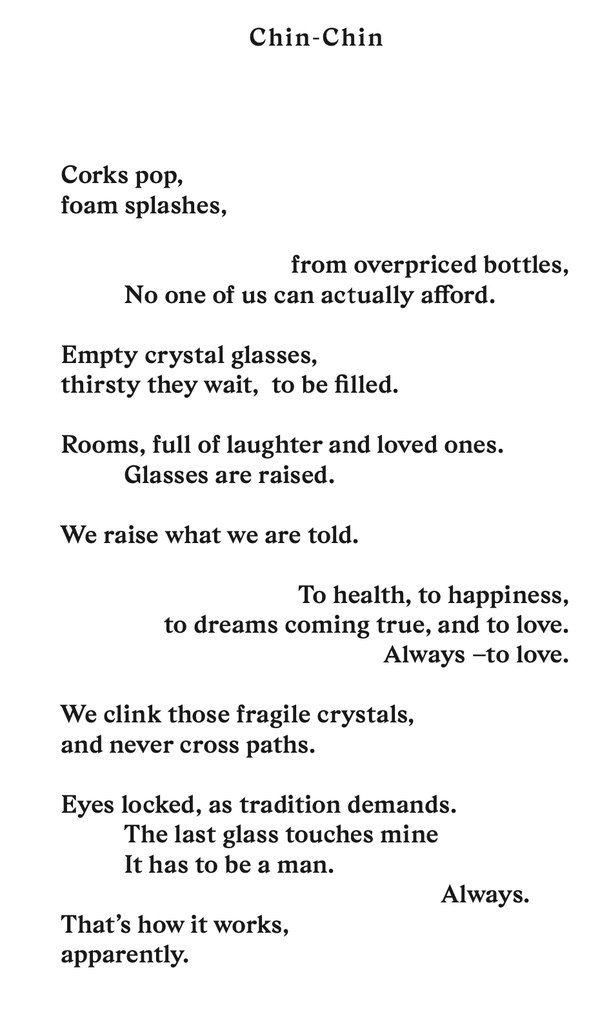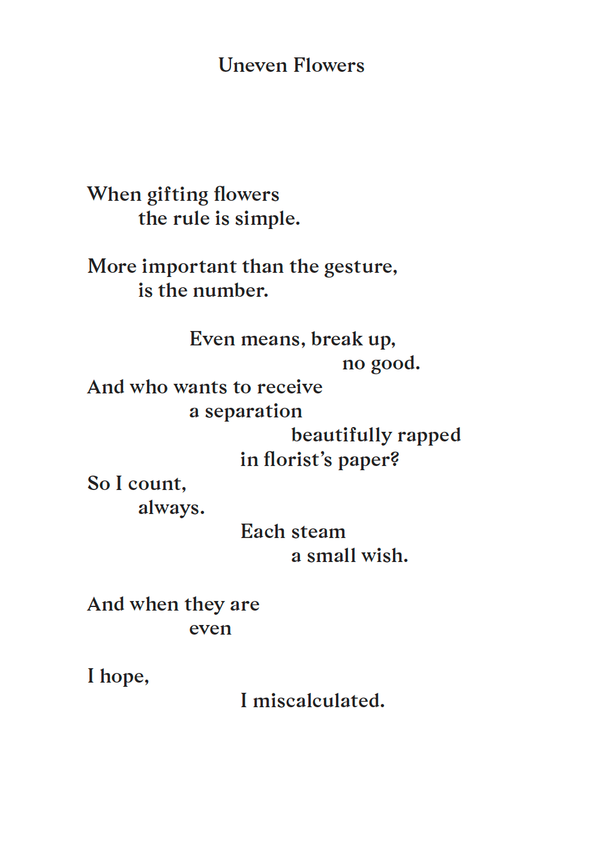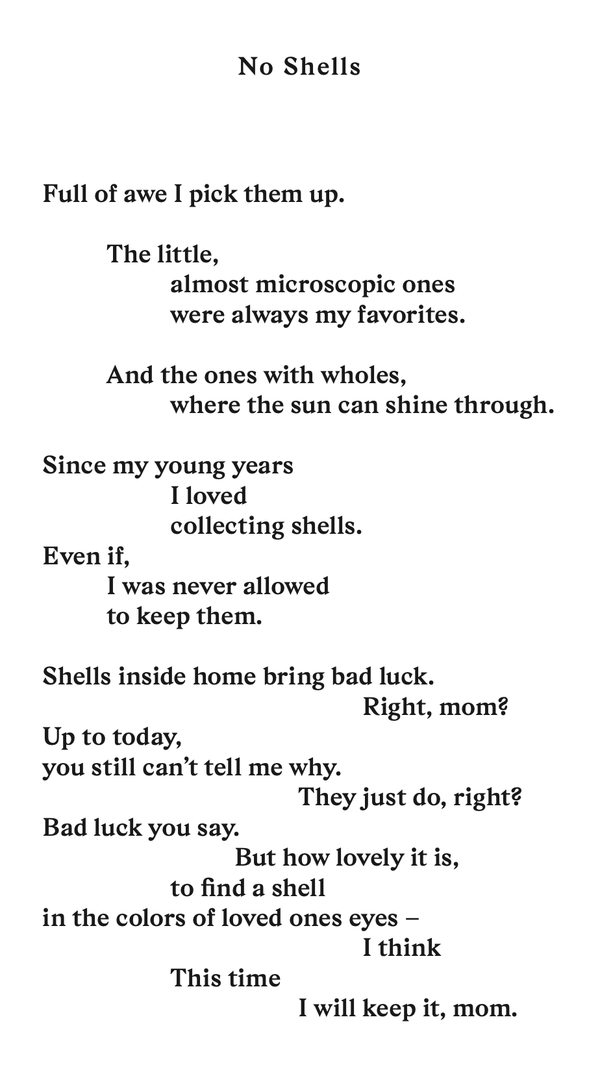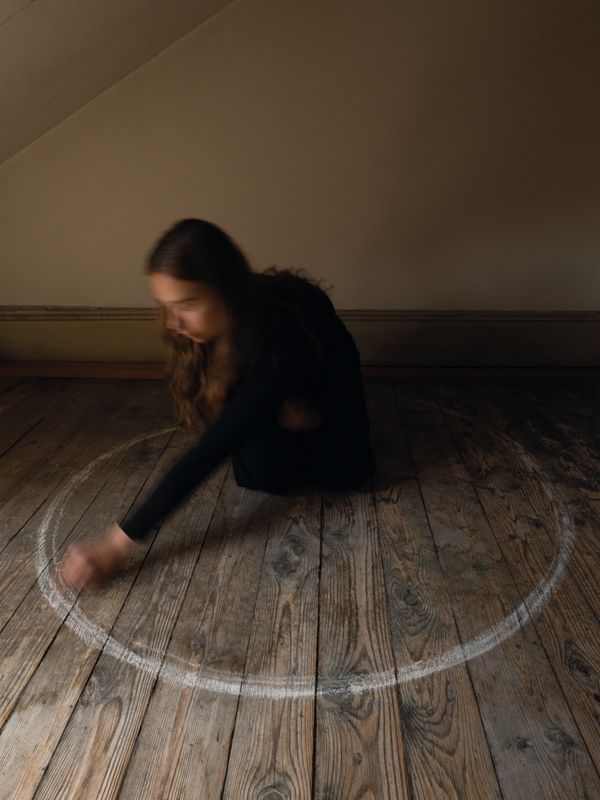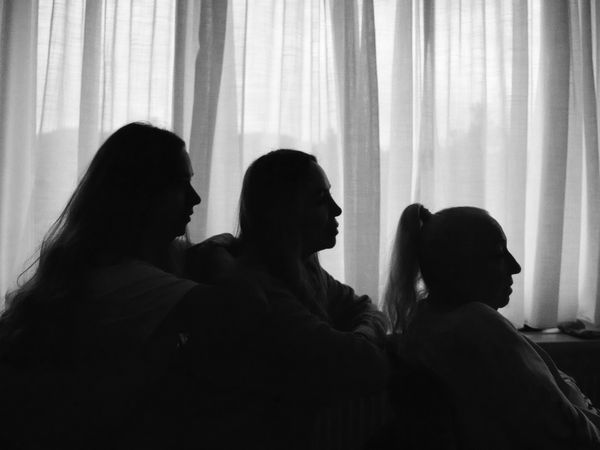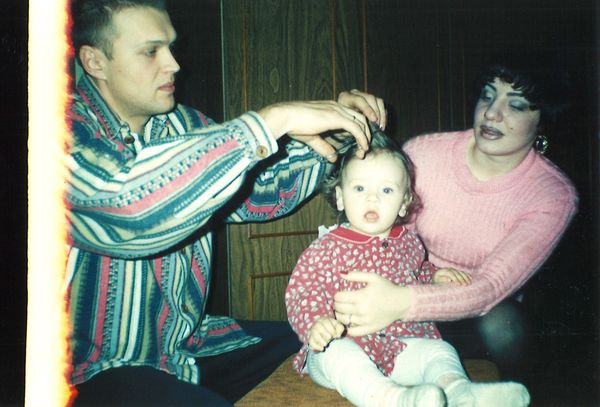As The Night Goes By, So Does The Dream
-
Dates2025 - Ongoing
-
Author
- Topics Contemporary Issues, Photobooks
- Locations Ukraine, Switzerland
More than 90 forms of superstition are actively practiced in Weronika's family. Her work uncovers how inherited superstitions silently shape lives, revealing the complex ties between imprints on women’s self-perception, relationships, and heritage.
There are things we inherit without noticing. Passed on from generation to generation. Silently, often lovingly. A look, a silence, a way of crossing the street when a black cat passes or a gentle smile in the mirror before leaving the house. In my family, superstition was never named as such. It was simply the air we breathed, the logic behind small gestures, the quiet codes passed down from one generation to the next. No one explained them, but everyone obeyed.
Only later, in conversations with others, friends, lovers, strangers, I began to trace the outlines of these rules. I discovered how many of them were shaped like warnings. How many were shaped like cages. And how often, they rested on the shoulders of women. This book began with a question I couldn’t stop asking myself: what have I been taught to believe? And what has that belief made of me?
Through images, stories, and fragments of reflection, I navigate the rituals that once gave me a sense of belonging but now reveal themselves as something more complex. Sometimes beautiful, sometimes bruising, but always leaving its mark. As the Night Goes By, So Does the Dream is not an attempt to reject superstition or heritage. It is not about about right or wrong but about all the space in between. It is a walk, a search for what still holds value and what quietly asks to be let go.
Structured in three parts Childhood, Adulthood, and Love Affairs, this book moves through the stages of life where these beliefs first took root, where they were questioned, and where they continue to echo.
In the chapter Childhood, I focus on forms of superstition that had a particularly strong influence on me during my early years. It begins with my 1st birthday and two rituals that were performed on me and the chapter ends with a poem that addresses the burden i experienced as a child that such approaches to inherited belief systems. The second chapter, Adulthood, reveals how I began to question the behaviors modeled for me and the deeply rooted patterns of action – to break through them and gradually let some go. And in the final chapter, Love Affairs, I offer insight into how forms of superstition have shaped and continue to shape my romantic relationships and my self-perception as a women.
This book is not a study in folklore, but a personal archaeology, a way of digging into the soft ground between past and present, culture and control, tradition and autonomy. Superstition, I’ve come to understand, is not only about sprinkling salt over the shoulder or avoiding certain actions. It’s also about silence. About knowing your place. About learning not to speak too loudly, or want too much. And perhaps, more importantly, it is about unlearning all of that.
Because while this book is about superstition, its relevance reaches far beyond it. Each of us is shaped by belief systems we never chose. Inherited ideas, that often go unquestioned. But we do have a choice to look at them closely, to understand their hold on us, and to decide which ones we carry forward and which we finally let go.
